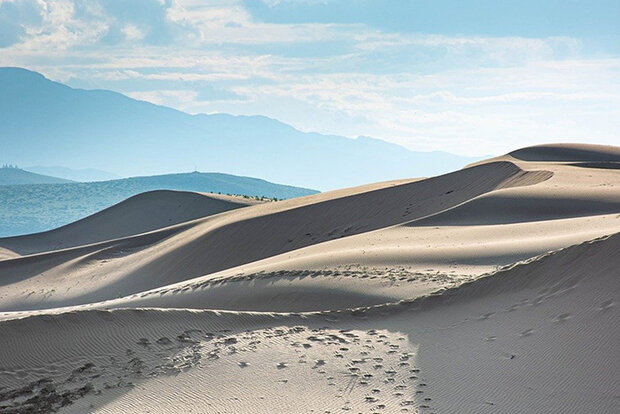Natural variability is behind recent desert rainfall increases


Desert precipitation can be driven by atmospheric processes thousands of miles away. Credit: Pixabay
The Taklamakan and Gobi Deserts have always been known for their harsh, dry climates, but in recent years, there has been a surprising increase in summer rainfall. Scientists are eager to understand whether natural variations or human activities are driving the shift. A team of researchers used computer simulations and statistical analysis to study weather patterns over several decades. They discovered that internal atmospheric changes, particularly shifts in the North Atlantic Oscillation (NAO), which controls most of the winds over the North Atlantic region, have redirected storm tracks toward these deserts, causing more rain.
Related Content
NEWS & FEATURES
08/30/2009
07/31/2013
MAPS & DATA
TEACHING CLIMATE
02/26/2018
11/24/2015
11/16/2015
CLIMATE RESILIENCE TOOLKIT
02/13/2015
10/12/2016
01/11/2022